India’s film industry, particularly Bollywood, is renowned globally for its inventiveness and vitality. However, movie censorship has always been a contentious issue in India. Due to their political, religious, social, or sexual content—basically, anything that questions or challenges societal norms—many films have been banned over the years.
I’ve listed the top ten Indian films that are prohibited, along with the justifications for their censorship and the effects they’ve had on Indian cinema in general, in this post.
Table of Contents
- 🎭 Understanding Movie Censorship in India
- 📜 Role of the CBFC (Central Board of Film Certification)
- 🚫 Common Reasons for Banning Movies
- ⚖️ Legal Aspects of Film Censorship
1. 🎭 Understanding Movie Censorship in India
It’s critical to comprehend how Indian movie censorship operates before delving into the list. Because of the nation’s lengthy history of film content regulation, some themes are more likely to attract the attention of law enforcement.
2. 📜 Role of the CBFC (Central Board of Film Certification)
The CBFC (Central Board of Film Certification) is the main body that reviews and certifies films in India. It has the power to:
- Approve movies for release
- Ask filmmakers to make specific changes
- Completely ban films if they’re seen as inappropriate for public viewing
3. 🚫 Common Reasons for Banning Movies
The following are a few of the most frequent grounds for movie bans in India:
- Political themes: Films that critique political figures or government policies
- Religious content: Anything that might offend religious feelings or present gods in an unpopular way
- Sexual content: Explicit scenes deemed to be against conventional values
- Crime or violence: When a movie is perceived as glorifying criminal activity or crime
- LGBTQ+ representation: Information that questions accepted notions of gender and sexuality
4. ⚖️ Legal Aspects of Film Censorship
A movie may be prohibited for a variety of reasons:
- Total prohibition: No screening of the film is permitted.
- Court stay: Legal action postpones the release.
- Forced edits: Only after specific scenes are removed or altered can the CBFC approve the movie.
Banned Movies in India
1. Gandu (2010)
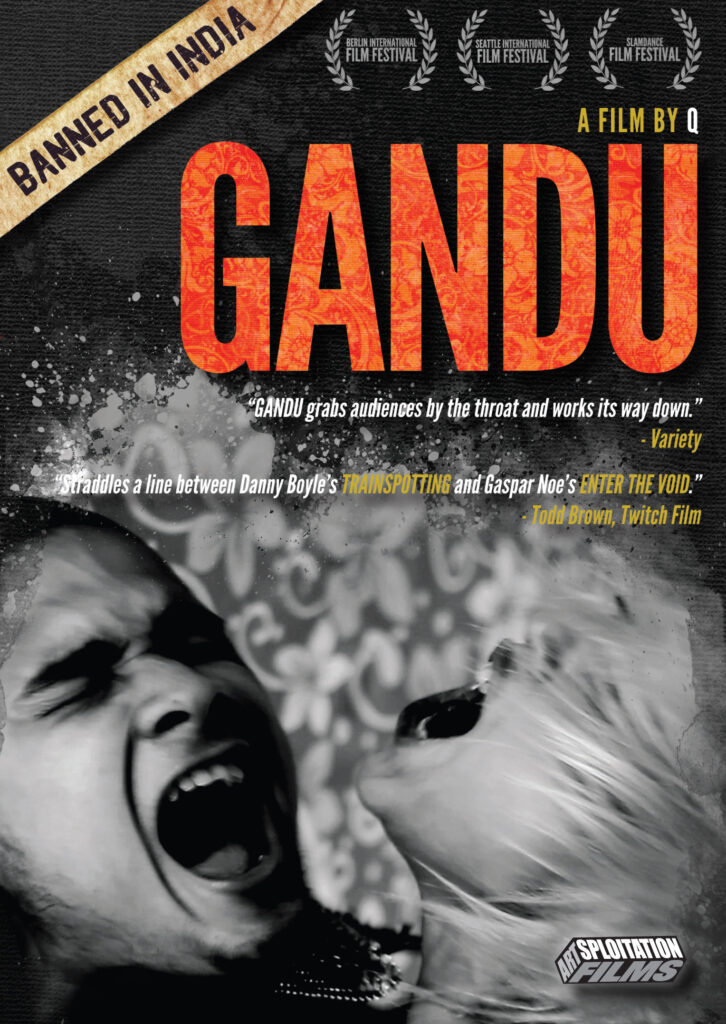
🛑 Why it was banned?
Gandu’s strong language, graphic nudity, and explicit sexual content led to its ban in India. By openly depicting taboo topics like drug use and unconventional sexuality—subjects the CBFC deemed unsuitable for public viewing—it pushed the limits of Indian cinema.
📢 Later Release:
Gandu was screened at several international film festivals and became well-known in independent film circles, despite never being approved for a theatrical release in India.
Note: It is currently available for streaming in some regions on Netflix.
2. Hava Aney Dey (2004)
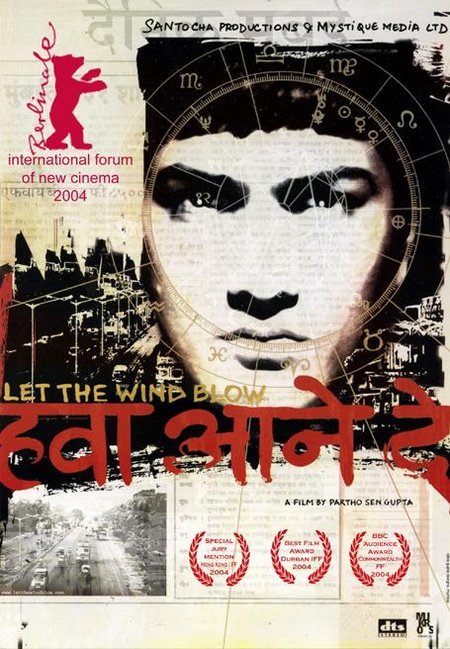
🛑 Why it was banned?
Because it presented a bleak, politically delicate scenario in which India and Pakistan were on the verge of nuclear war, Hava Aney Dey was outlawed in India. The CBFC deemed the film too controversial and anti-national because it focused on youth dissatisfaction, poverty, communal tension, and a bleak future. Particularly following the Kargil War era, there was concern that the film’s themes might sway public opinion and the perception of the country.
📢 Later Release:
The movie was never shown in theaters or on over-the-top services in India. Nevertheless, it won praise from all over the world and was shown at important international film festivals in places like Rotterdam, Durban, and Berlin. It was only available to Indian audiences through underground screenings or infrequent internet uploads, despite receiving high reviews overseas.
3. Hamare Baarah (2024)

🛑 Why was it banned?
The movie was criticized for depicting Muslim women in a negative light and for misrepresenting Islam. The Supreme Court temporarily halted it after petitioners argued that it might offend religious feelings and disrupt communal harmony.
📢 Later Release:
The Bombay High Court approved its release following revisions and the addition of disclaimers. Despite a two-week Karnataka ban, it eventually debuted in theaters on June 21, 2024.
4. Punjab ’95
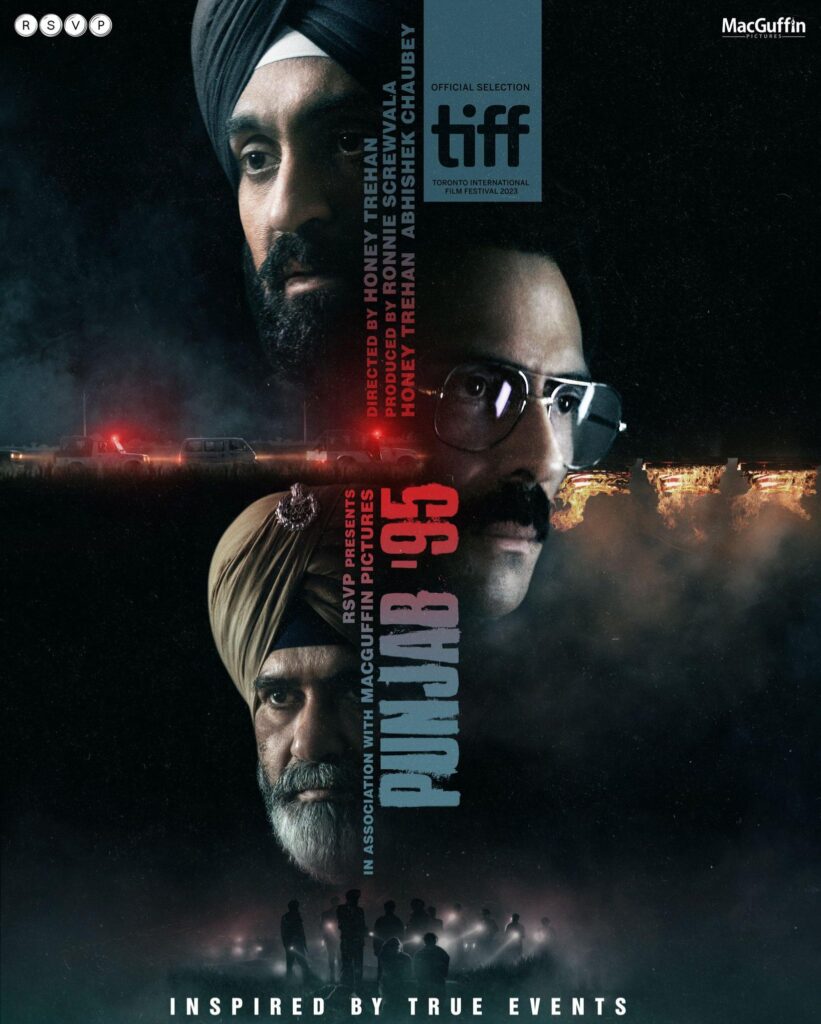
🛑 Why was it banned?
Because of its delicate depiction of the extrajudicial killings of Sikhs in the 1980s and 1990s, Punjab 95, a biopic about human rights activist Jaswant Singh Khalra, encountered major obstacles from the Central Board of Film Certification (CBFC). Citing worries about communal harmony and national security, the CBFC called for about 120 cuts, including the elimination of allusions to actual names, events, and locations. Due to the filmmakers’ refusal to make these adjustments, the movie was not certified for Indian release.
📢 Later Release:
On February 7, 2025, Punjab 95 was released globally without any cuts, despite the difficulties. However, because of the continuous certification problems, the movie has not yet been released in India.
5. Monkey Man (2024)
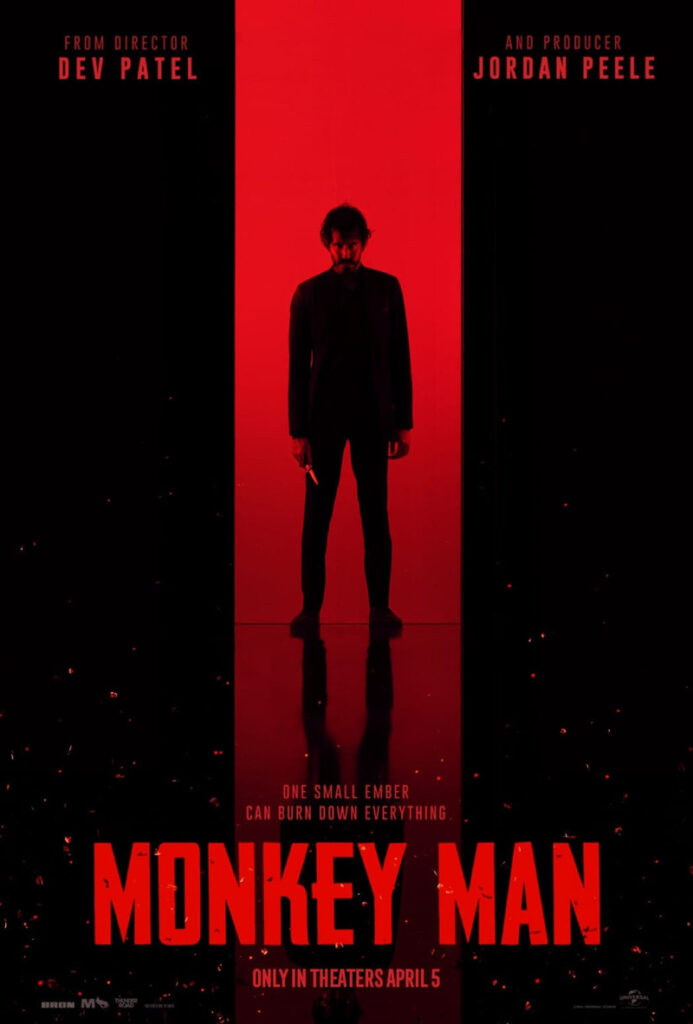
🛑 Why was it banned?
Dev Patel’s Monkey Man was never formally released in India. It reportedly faced unofficial resistance due to its themes around religious extremism and political corruption, including a villain that resembled a Hindu nationalist figure. Additionally, there were scenes of communal violence in the movie that were deemed too delicate for Indian distribution.
📢 Later Release:
The movie was well-received by critics, particularly in the United States and Europe, when it was released internationally on April 5, 2024. But as of right now, neither Indian theaters nor over-the-top platforms have made it officially available.
6. Santosh (2024)
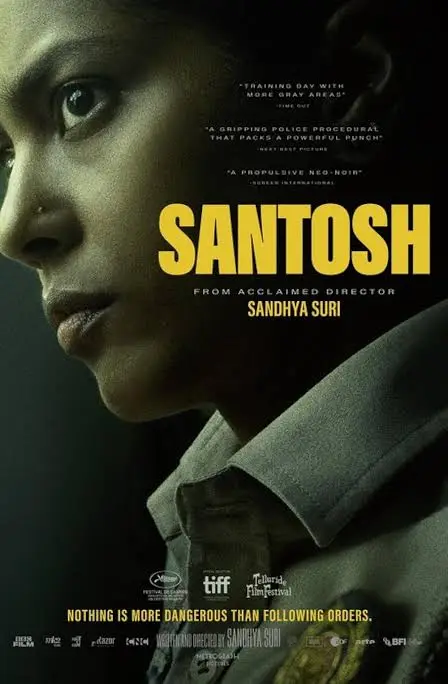
🛑 Why was it banned?
Due to its delicate depiction of caste-based discrimination, police corruption, and violence against women in rural India, Santosh, which was directed by British-Indian Sandhya Suri, was not outright banned but rather refused release in India. The topics were deemed too contentious from a political standpoint.
📢 Later Release:
The movie received widespread acclaim when it debuted in the Un Certain Regard section of the Cannes Film Festival in 2024. It hasn’t yet been made available on OTT platforms or in Indian theaters, though.
7. Paanch (2001)

🛑 Why was it banned?
The CBFC refused to certify Anurag Kashyap’s film Paanch because of its violent content, drug use, profanity, and morally dubious characters. The movie, which was based on the actual Joshi-Abhyankar serial killings, was deemed too gloomy and unsettling for Indian viewers at the time.
📢 Later Release:
After leaking online, the movie developed a cult following despite never being shown in theaters. It is currently accessible unofficially on websites like YouTube and is regarded as Kashyap’s audacious and unpolished debut.
The Influence of Banned Films on Indian Society
Censorship vs. Creative Freedom
Film bans in India frequently spark heated discussions, especially when it comes to striking a balance between artistic expression and social conventions. Strict censorship, according to many filmmakers, stifles critical discourse and inhibits creativity. What one group considers offensive might be viewed by another as a representation of reality or a crucial voice for underrepresented groups.
The Irony of Popularity: Banned Yet Widely Watched
Ironically, a movie’s visibility often rises when it is banned. Many of these titles resurface on piracy networks in the era of digital access, attracting cult followings and igniting underground debates. Illegal streaming raises moral and legal concerns, but it also shows how people are becoming more interested in and demanding uncensored storytelling.
Global Spotlight on Controversial Indian Films
A number of Indian films have received international acclaim in spite of domestic bans. These pieces have been accepted by international film festivals and platforms, demonstrating the diversity and audacity of Indian cinema. This global appreciation frequently contrasts with domestic rejection, raising questions about cultural double standards.
How Can Viewers Access Banned Films in India?
1. Legal Streaming Services
After lengthy legal proceedings, some previously banned movies find homes on platforms like Netflix, Amazon Prime Video, or YouTube.
2. International Film Circuits
Several Indian films that face censorship at home are screened at global festivals such as Berlinale, Cannes, or Toronto International Film Festival, offering a legal and ethical viewing opportunity.
3. Unofficial Channels
Although not advised due to legal ramifications, many viewers resort to torrents and piracy websites to watch banned content. This underlines a deeper issue—the lack of accessible, uncensored narratives within the country.
📌 Conclusion
India’s strict film censorship laws are still a topic of discussion. Although it aims to preserve social harmony, it also begs the question of who gets to decide what constitutes morality in art. After legal battles, some banned films are approved, but many are permanently blocked. The problem is a reflection of a larger cultural conflict between freedom of expression, modernity, and tradition.
🔗 Additional Resources
For more details on Indian film certification and censorship regulations, visit:
👉 CBFC Official Website
🎞️ What’s Your Take?
📌 Final Thoughts
The contentious but fascinating world of Indian films that are prohibited was examined in this article. These films provide insight into the social, political, and cultural tensions that shape contemporary India, regardless of whether you’re a movie buff or just an interested viewer. 🎥 Do you want suggestions or additional information? Tell me!




Leave a Reply